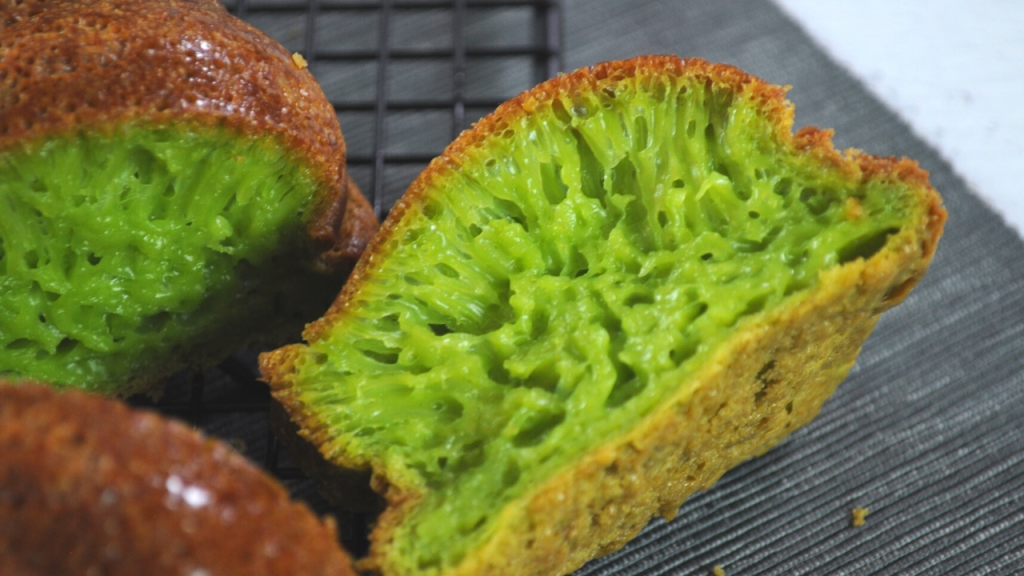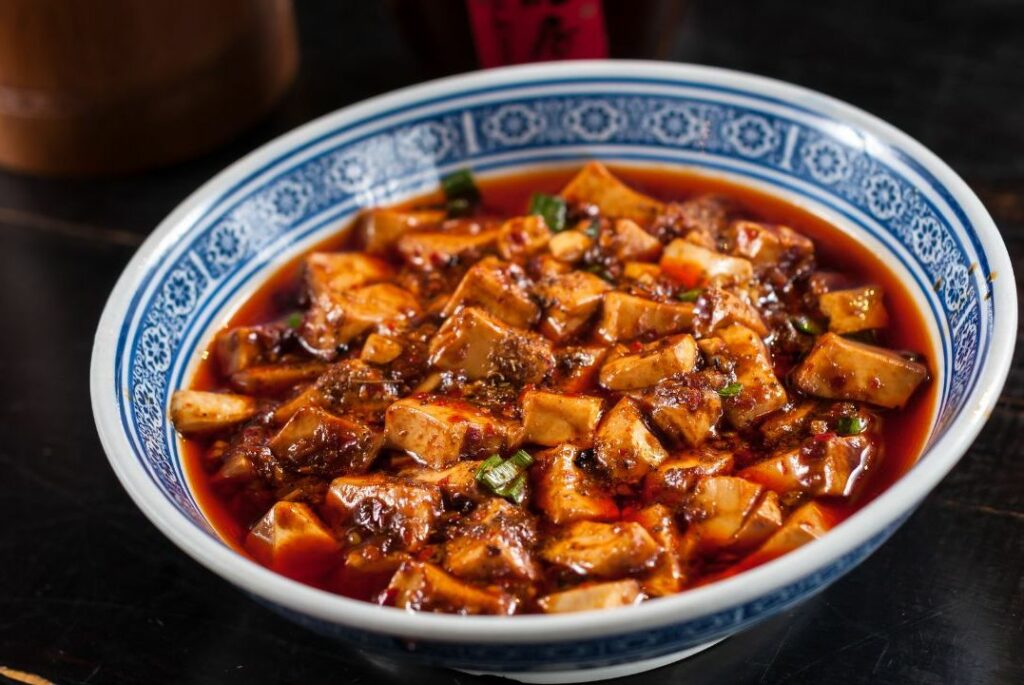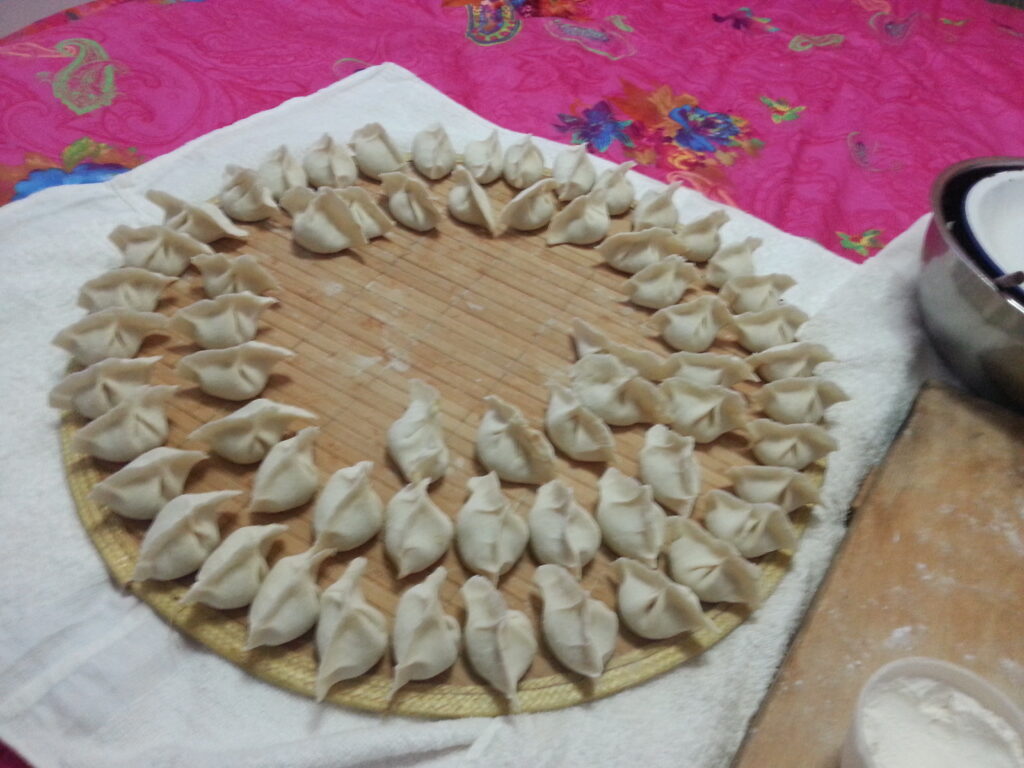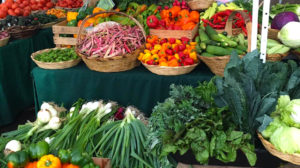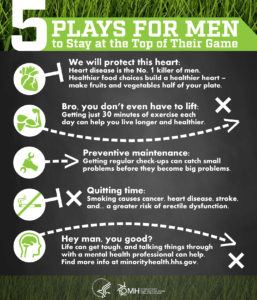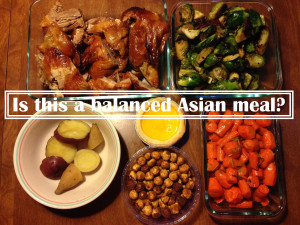Healthy eating focuses on incorporating fruits, vegetables, whole grains, dairy, and protein into your diet. Dairy recommendations suggest choosing low-fat or fat-free milk, lactose-free milk, and fortified soy beverages, as other plant-based beverages do not provide the same nutritional benefits. Protein sources should include seafood, lean meats, poultry, eggs, legumes (such as beans, peas, and lentils), soy products, nuts, and seeds. According to the Dietary Guidelines for Americans, 2020–2025, most people in the United States need to adjust their eating habits to increase their intake of dietary fiber, calcium, vitamin D, and potassium, while reducing added sugar, saturated fat, and sodium.
- Bump up fiber
- Increase calcium and vitamin D
- Add more potassium
- Limit added sugars
- Replace saturated fats
- Cut back on sodium
- Aim for a variety of colors
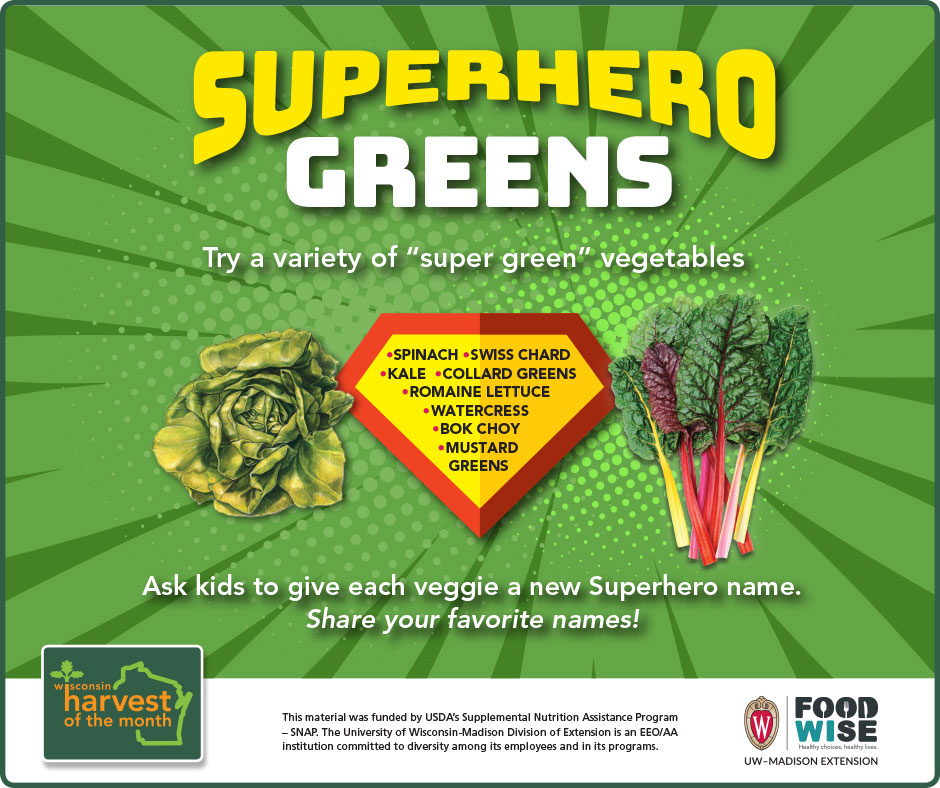
Eating plenty of fiber is essential for maintaining good health, as it aids in digestion, helps regulate blood sugar levels, and reduces the risk of heart disease. Asian leafy vegetables, such as bok choy, napa cabbage, and Chinese broccoli, are excellent sources of both fiber and iron. Incorporating these nutrient-dense greens into your diet can boost your iron intake, which is crucial for oxygen transport in the body, while also providing the dietary fiber needed to support a healthy digestive system. Enjoying a variety of these vegetables can contribute to overall well-being and prevent nutrient deficiencies.
By choosing low-fat or fat-free dairy options and incorporating a variety of protein sources, you can ensure a balanced intake of vital nutrients. Adjusting your eating habits to increase dietary fiber, calcium, vitamin D, and potassium while reducing added sugars, saturated fats, and sodium is crucial for long-term health. Ultimately, making mindful food choices and seeking help when needed fosters a supportive community, helping everyone thrive both physically and mentally.
Advocate for the Federal Food Service Guideline and Wellness Policy through sharing nutritional information and encouraging healthy dietary choices.
Reference:https://www.cdc.gov/nccdphp/dnpao/features/healthy-eating-tips/index.html

